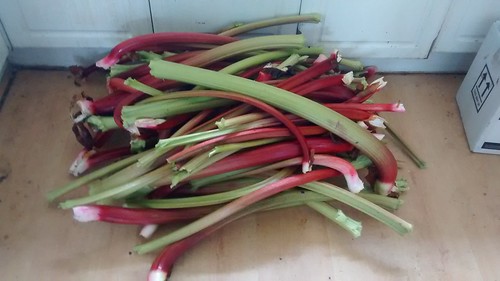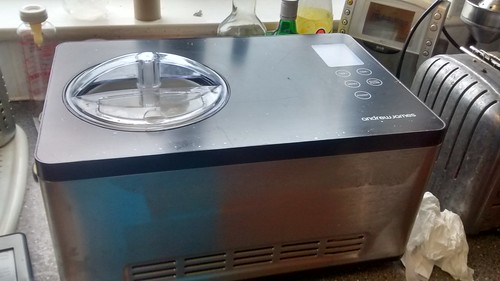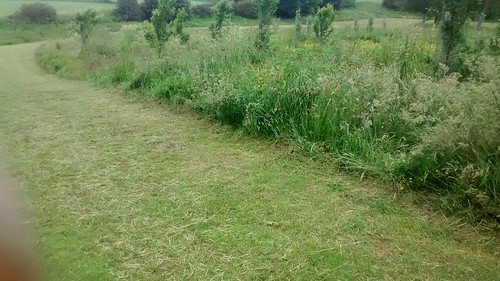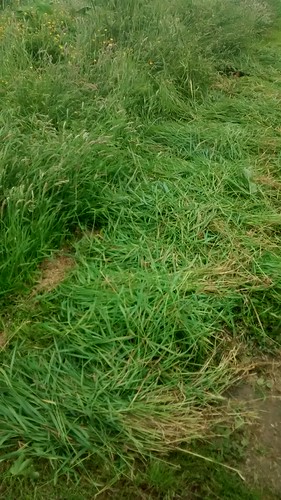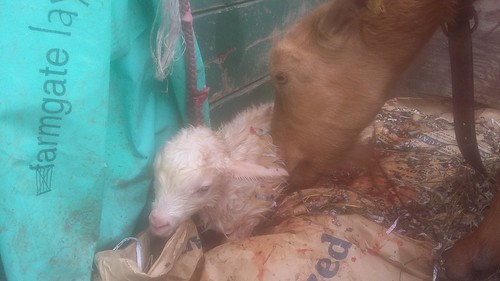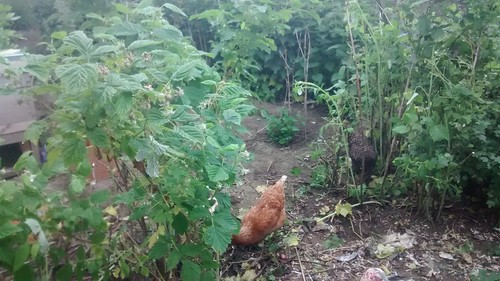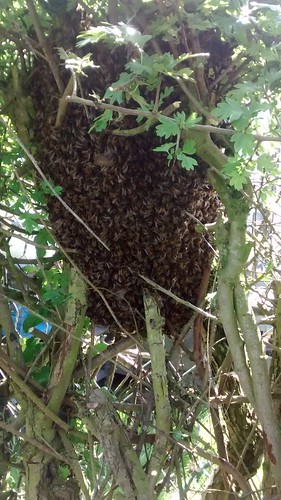
Last month we put some duck eggs into one of our incubators. One duckling hatched and to our surprise, a chick hatched as well. We bought 4 more chicks (barnvelders) and put them into the brooder box with the the other chick and the duckling. They were kept there for 4 weeks until they were big enough to go to the allotment.

We put the birds into the smaller of the 2 chick houses, with its own enclosed run, in preparation for introducing them into the flock as a whole. However, the duckling made a mess of the enclosure and as he was a reasonable size, I removed him one evening to one of the henhouses in which roosts a lone duck which we hatched last autumn. Our 8 other ducks and 2 drakes lives as a close knit group and spend the evening in their own duck run. We had hoped the lone duck would join them but after 7 months on the allotment she has shown no signs of doing so. We were hoping therefore the lone duck and the duckling (which is a drake) would bond. Alas, they weren't interested.
The next morning I let out the animals and the duckling quickly found his way to his family of chicks in the chick house. He sat outside it all day. I took the decision to let him return to the chicks but we moved them to the bigger chick house and its enclosed run. A few days later I decided they were big enough to be integrated into the flock so at lock up I moved them all to one of the henhouses. The next day, when they were let out, they quickly learnt where the food was. But they all went around the allotment as a group. And in the evening, they headed to the larger chick house to roost, rather than the henhouse.
It will be interesting to see how the duckling deals with the chicks as they all mature.




